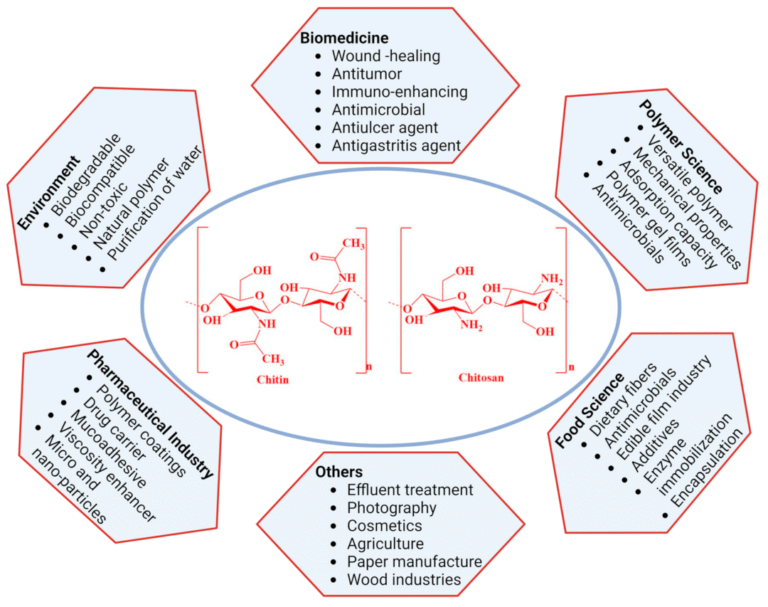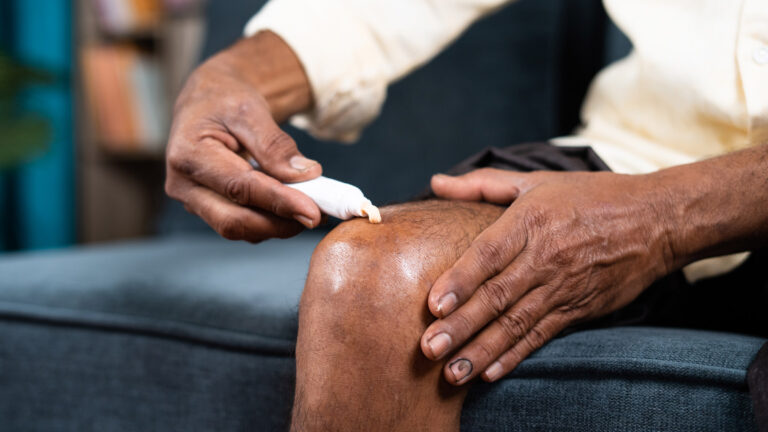
Joint pain can impact your quality of life as it limits mobility and causes discomfort with daily activities. The availability of less invasive options in Pocatello reduces or eliminates the need for surgery. If you are experiencing knee or hip pain and exploring options, read on to learn how regenerative medicine could offer the relief you need.
Regenerative medicine promises to help regrow cartilage and tendons using cell-based treatments. This could offer relief for chronic tendonitis, osteoarthritis, and spinal degenerative disc disease. It leverages the natural healing abilities of your body to repair damaged tissues. Stem cell therapy and platelet-rich plasma therapy are advanced non-surgical options patients can choose from. Such treatments promote tissue repair and reduce inflammation, providing an alternative to manage chronic pain.
Kinds of Arthritis
Below are the most common forms of arthritis that people may experience:
- Osteoarthritis. This develops when the joints’ cartilage degrades because of normal wear and tear. Wear and tear of this cartilage can cause bones to rub against each other, resulting in them not gliding smoothly. This leads to pain and stiffness, particularly as the condition results in bony spurs developing around the connective tissues becoming weak. Before, osteoarthritis management involved gentle movement, medications, and other lifestyle adjustments. Such treatments may offer little relief. However, joint degradation would continue while the disease progressed.
- Rheumatoid arthritis. This can lead to pain and swelling that can result in dysfunction over time. People in Pocatello with this condition can suffer from poor quality of life. Lifestyle changes and medications may relieve the symptoms of this arthritis; however, they will not cure the condition.
How PRP Therapy Works
This therapy starts by drawing blood samples from the patient and placing them into a centrifuge. This separates platelets from other blood components. A licensed provider will inject such a concentration of platelets into the area to be treated. This encourages wounds to heal quickly. The injected platelets will release growth factors, which help the human body heal faster.
Results from PRP therapy can be noticed within weeks or months of the treatment. The patient will notice a gradual reduction in pain after healing of the joints and tissues. Typically, the therapy can produce maximum effects 6 to 9 months following injections. The provider may recommend a second injection if results are not visible after three months.
Stem Cell Therapy
Stem cell treatment utilizes the stem cell’s regenerative power to cure and relieve injury, disease, or trauma. Stem cells have natural growth factors that speed up the healing response of the body. Also, it helps lower the pain due to injury or disease without using pain relievers. Using this therapy offers the following benefits:
- Pain reduction. Stem cells can help relieve pain and reduce related inflammation. They repair and regenerate the impacted area.
- Minimal post-surgery recovery. Recovering usually takes a lot of time after surgery. But stem cells can minimize recovery time. Thus, patients in Pocatello can get back to their life faster than with other treatments.
- Nerve damage prevention. Some surgeries may lead to nerve damage, which can impact the body’s functionality and mobility. Stem cell treatments come with a minimal risk of this damage.
Reasons to Opt for Regenerative Medicine
Many people choose regenerative medicine due to the benefits it provides for patients who want non-surgical options or their joint pain. Here’s why:
- Natural healing. The approach uses the cells and growth factors of your body to decrease inflammation and repair damaged tissue.
- Minimally invasive. Stem cell therapy and PRP are administered through injections. This avoids the risks and reduces recovery time related to surgical procedures.
- Pain reduction. The treatment is tailored to the condition and goals of a patient, making sure they get the best outcomes.
- Reduced medication dependency. The therapy provides long-term relief, usually reducing the need for anti-inflammatory medicines and pain medications.




